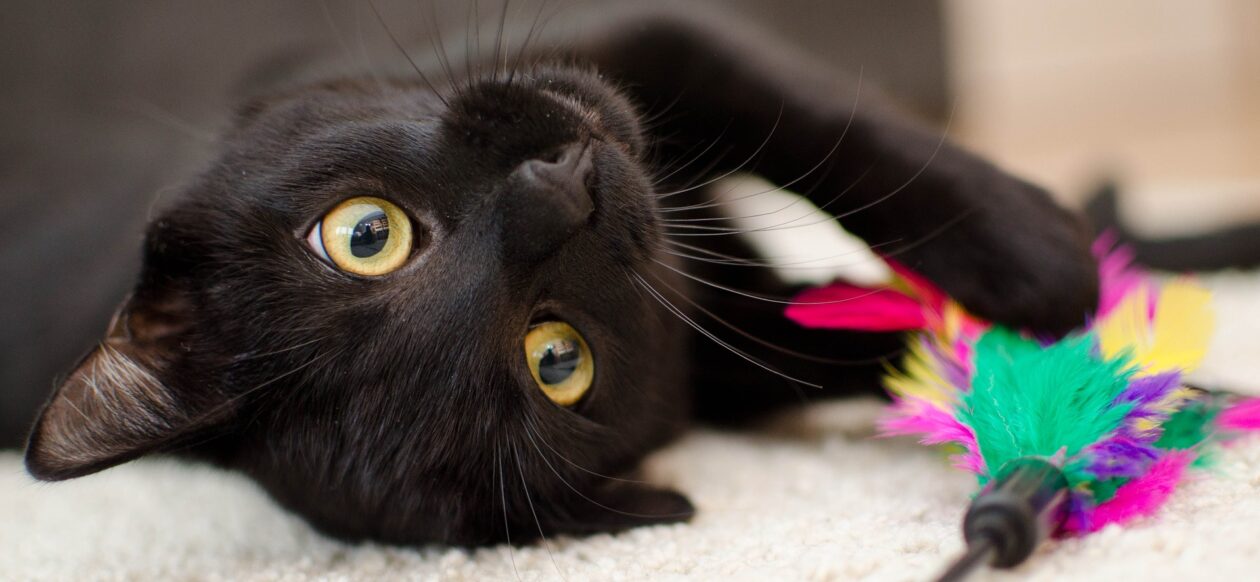The deep satisfaction that comes with rescuing and fostering homeless, abandoned, and at-risk cats comes when you finally find the perfect match for their adoption. Fostering cats and kittens can literally save their lives. Here’s a happy ending for my foster cat and kitten.
Rescuing and Fostering Mama Cat and Kitten from Severe Neglect

Two months ago I received a desperate phone call from one of my fosters. She told me the family across the street from where she was working had two litters of pit bull puppies (15 puppies in all) along with a mother cat who had a litter of kittens, and eight of the kittens had just been killed by the pit bulls. The last remaining kitten was weak, thin and vulnerable due to the dogs and the mama cat was showing signs of extreme stress having just lost her kittens. Thankfully, she was able to convince the owners to give the mama cat and kitten to her, since they were clearly overwhelmed with the dogs and had been very negligent with the cats. She then proceeded to bring the mama and kitten to my house to foster them and provide for their needed medical treatment and recovery. Continue reading Fostering Mama Cat and Kitten – From Misery to a New Home












